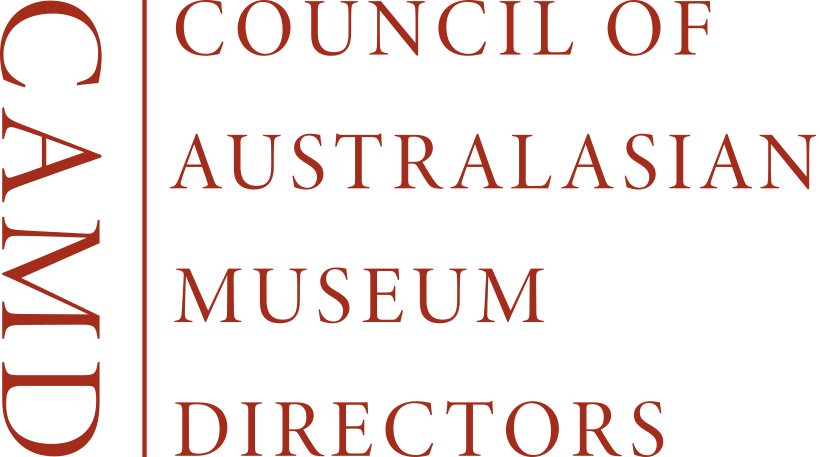Māori ways of knowing aren’t always best supported by Pākehā ways of being, Te Papa Blog, 21 November 2024
Two wāhine from different backgrounds reflect on their growth developing Ko Au Te Taiao, an online learning resource that seeks to centre mātauranga Māori values. As Mero Rokx and Sarah Hopkinson worked through the complexities of this project, they discovered much more about themselves and their relationships to each other, place, and the cosmos. In this article, the co-authors consider ways of working together that enable authenticity and provide reflective questions for other practitioners embarking on similar kaupapa.
Whakawhanaungatanga
I ahu mai ahau i Te Uranga o te Rā, i te pārekereke o Marotiri maunga. Ko Mangahauini te awa, ko Te Whānau a Ruataupare te hapū, ko Ngāti Porou te iwi. He hononga hoki āku ki Putauaki maunga, arā ko Te Pahipoto ki Ngāti Awa te hapū. Ko Mero Rokx tōku ingoa. I am currently the Kaupapa Māori lead at Te Papa Learning, and the co-lead of this resource, Ko Au Te Taiao.
Ko Sarah Hopkinson tōku ingoa. My ancestors came from England, Wales, and Norway. I grew up at the ankles of Taranaki on Ngāti Ruanui and Te Atiawa whenua. I am a māmā, a strategy creator, a curriculum designer, an urban farmer, a storyteller, and earth dreamer. I have been working alongside Te Papa Learning to develop online resources that connect schools across the motu with Collections Online. Mero and I have co-developed Ko Au Te Taiao , the latest resource from Te Papa Learning.
Now that Ko Au Te Taiao is in the world, it feels important to both of us that we reflect, record, and discuss together some of the largest lessons we have learnt in its development. We recognise our unique perspectives, so we’ve chosen at times to write our own responses. It is the gaps and overlaps between our perspectives, as Māori and Pākehā wāhine, that are interesting to notice and provide places for cross-cultural reflection.

Introduction
Ko Au Te Taiao centres Te Tiriti o Waitangi and aims to support the broadening of perspectives among teachers and learners throughout Aotearoa. It is an online resource providing teaching and learning activities for connecting with te taiao. It is far from perfect, but in the attempt, a great deal of lessons have been learnt.
In creating Ko Au Te Taiao, we have discovered more about ourselves, our relationships to te taiao and the work we do at Te Papa. The collaborative and organic nature of its design has resulted in the development of a taonga that carries the mauri of all those that contributed, it is living evidence of the process becoming the outcome.
Ko au te taiao, ko te taiao ko au
Mero reflects

One of the beautiful things about whakataukī is the way that they expose perspectives through interpretation. Ko au te taiao, ko te taiao ko au is much deeper than the expression ‘I am nature’.
Ko au – I am.
I am the legacy of my ancestors – tūpuna who go as far back as the beginning of time, and beyond. I am Papatūānuku, I am Ranginui, and I am everything that exists between them. The innate philosophy that I have of being a descendant of the earth, the stars, and the sky is what ko au te taiao, ko te taiao ko au means to me.
Ko au – I am.
I am a mother, he ūkaipō. I reflect on my role as a mother, and the inherent obligation of continuing the legacy passed down to me. I feed my offspring into the night, such as the expression ‘he ū-kai-pō’, both fuel to physically grow, and knowledge to understand the responsibilities that they will inherit as being descendants of Ranginui and Papatūānuku.
Co-contributor to the resource, Watene Campbell, expressed a whakataukī that was passed on to him by one of his mentors, Te Korou Whangataua – tū nui, noho iti – stand confidently but sit with humility. This whakataukī was shared when we performed for Te Wiki o te Reo Māori. While listening to Watene, I began to notice the relevance of this whakataukī to this resource too. As a mokopuna of Papatūānuku, I realised that I am insignificant in the spectrum of te taiao, but that my actions are significant.
Ko au – I am.
I am iwi, hapū, maunga, and awa. I am my pepeha, the expression of all things that sustain me, the people, the mountains, and the rivers. This was illustrated to us when Sarah and I visited featured artist Winifred Hinerangitoariari Belcher in Mangaone, a village outside of Shannon. Hine Wini (as she referred to herself) spoke with us about the whakapapa of her paintings – about Io, Ngā Whā, Tāne, and Whiro. She stated that she was merely just a portal for te taiao to illustrate what was, and what is needed for restoration. It was at that moment that Sarah and I realised that we were also merely portals for forces that are much larger than we can imagine.

Being in-tune with te taiao is about recognising our place within the ecosystem. From a Māori perspective this acknowledges our position as pōtiki – the youngest of the family. As pōtiki, a natural attachment develops, and this is what we call te matemateāone, the yearning and innate desire to be cradled by Papatūānuku, immersed in te taiao. So I feel her hunger, her thirst, her pleasure, and her pain. My whakapapa is her whakapapa, and my place and impact filters through the web of connections that binds us all together.
Ko au te taiao, ko te taiao ko au.
Through this resource, we enact Te Tiriti o Waitangi
Sarah reflects
There has been momentum in recent years, through both the Ministry and NZQA, to recognise the equal status of mātauranga Māori in schools. It is a lofty ambition, and one that deserves attention. But it comes with considerable challenges, not least of which is that almost 75% of teachers in schools are Pākehā, and mātauranga Māori belongs with hapū, iwi, and those who whakapapa Māori. There is a tension and challenge between these two truths.

